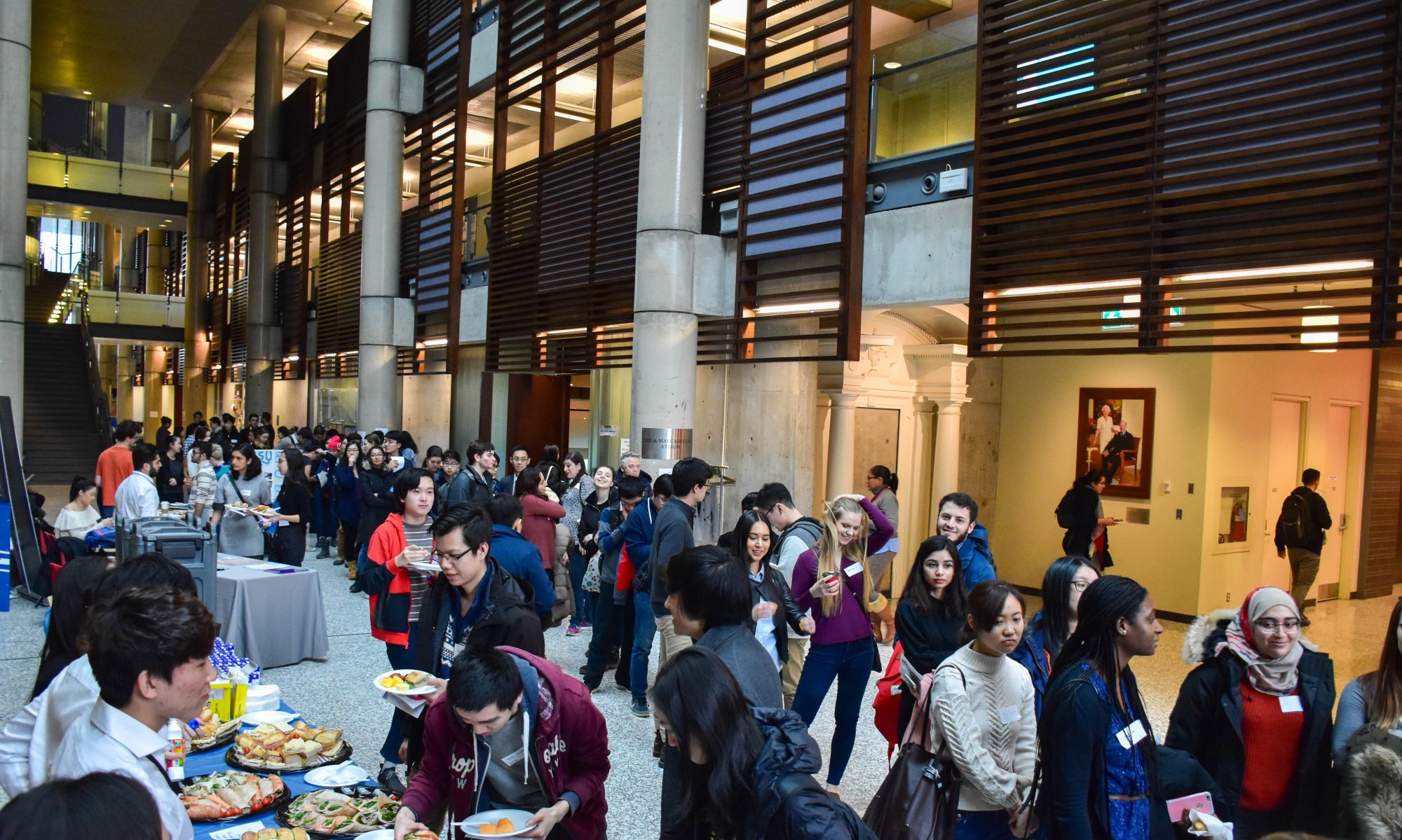
One of the big problems with delineating neurological disorders is that we most often do not have direct access to the patient’s brain. Researchers at the Stanford University School of Medicine recently reported using iPSC’s from a patient to generate patient-specific neuronal networks is a viable option of modelling brain circuits. What this means is that, skin cells could be taken from any patient and be transformed into iPSC’s (Induced Pluripotent Stem Cells), meaning that they can now differentiate into any type of cell. Then, these can differentiate into brain cells and develop into a ball of neurons, called human cortical spheroids (hCS), of the same genetic background. This method is amazing because researchers could study the development of the neural circuitry of a specific patient and find out where things went wrong.
These human cortical spheroids grew to be 5mm in diameter by 2.5 months, and highly resembled a mid-fetal prenatal brain. This spherical organization were primarily driven by the cells themselves, because in dishes that made it difficult for cells to adhere to the dish itself, the cell culture began to fold themselves into spheres. Within days, these cells developed into nerve-precursors and then into fully differentiated neurons. Researchers made slices of these spheroids, much like how they would prepare mouse brain slices for analysis, and found that the architecture within these balls of neurons was strongly similar to the human cortex. As a final test, the hCS’s were put to perform functional tests, and researchers found that 80% of neurons in the spheres had the capability of firing when stimulated. Not only neurons were created from this chemical soup of iPSC’s; astrocytes, star-shaped cells that are critical for neuronal signalling, were found to be genetically identical, to surrounding neurons that they developed in concert with. This was something that has been challenging to do in the past, and now researchers will be able to generate astrocytes and neurons simultaneously and efficiently.
Article summary courtesy of Sean Ihn
References:
- Functional cortical neurons and astrocytes from human pluripotent stem cells in 3D culture, A. Pasca et al., Nature Methods, doi:10.1038/nmeth.3415, 25 May 2015
- Tiny spheres of human cells mimic the brain, researchers say
